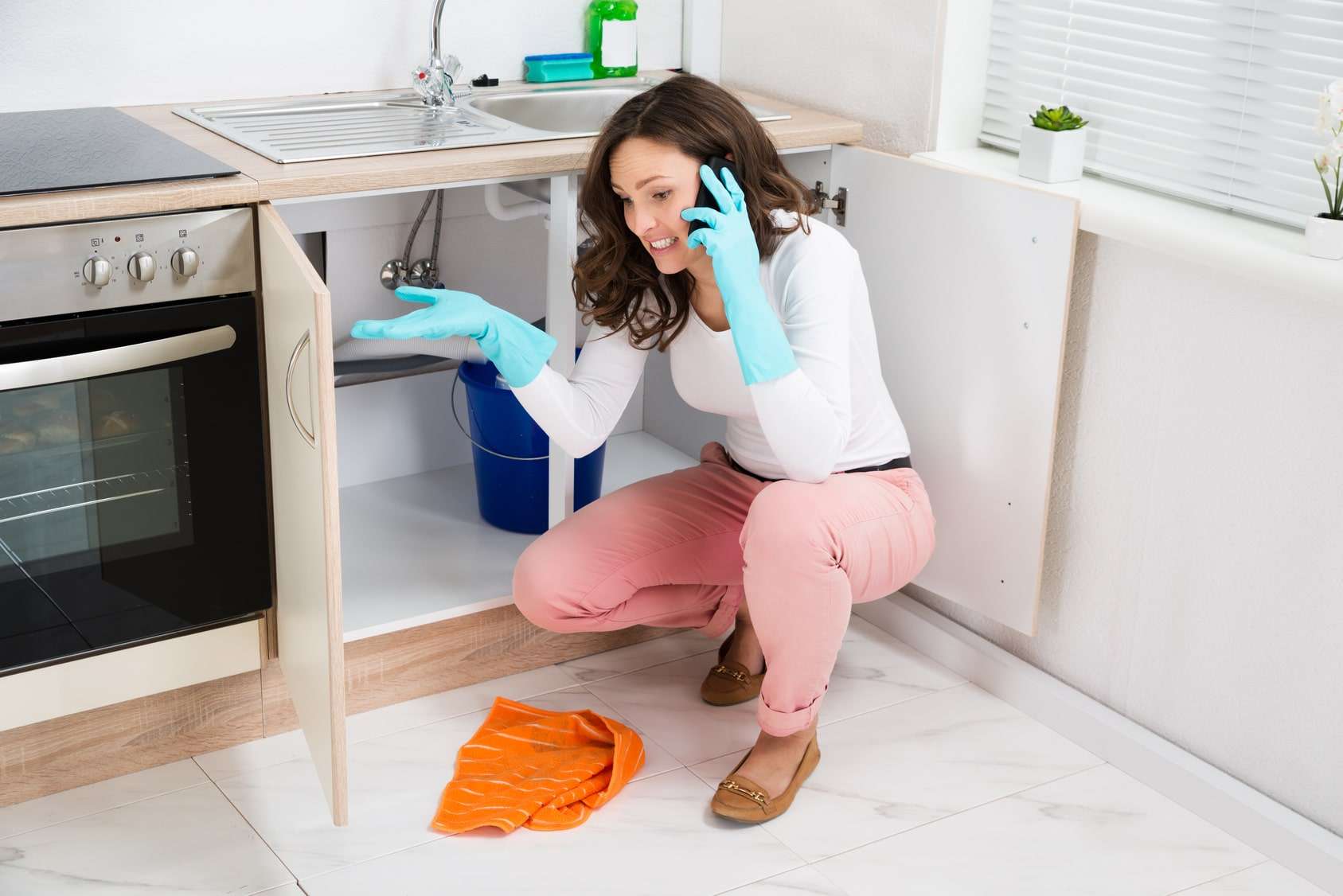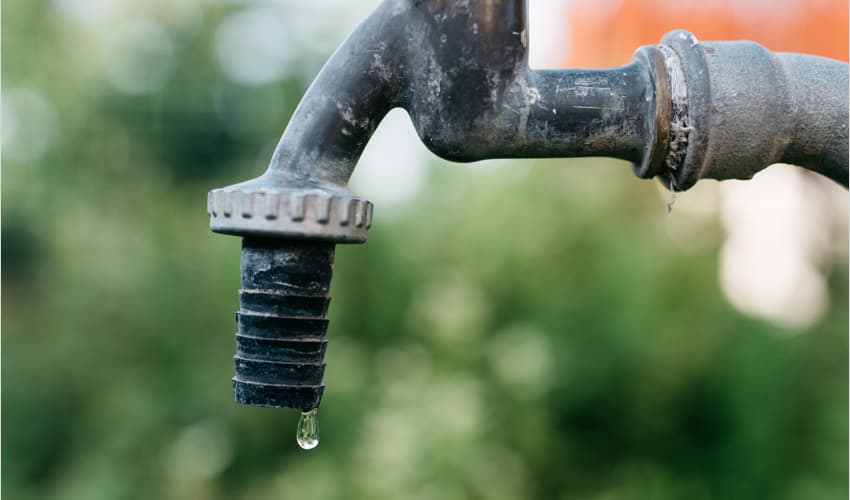Here down the page you can locate lots of quality insights all about Most Common Causes of Leaky Pipes.

Leakages not just cause waste of water yet can also trigger unnecessary damage to your house and also promote undesirable organic development. By looking and also recognizing for everyday circumstances that cause leaks, you can secure your home from future leaks as well as unnecessary damages.
Instant temperature level adjustments.
Extreme temperature modifications in our pipes can create them to broaden and contract suddenly. This growth as well as contraction might cause cracks in the pipelines, specifically if the temperature level are below freezing.
Corroded water systems
This may be the cause of discoloration or bending on your water pipelines. If our plumbing system is old, consider changing the pipelines because they are at a greater threat of rust than the more recent versions.
Defective Pipeline Joints
Pipe joints can degrade over time, resulting in water leaks. If you have loud pipes that make ticking or banging noises, especially when the warm water is turned on, your pipeline joints are possibly under a whole lot of stress.
Elbowing in roots
The majority of water leakages begin outside the house rather than inside it. If you discover a sudden reduction in water pressure, say in your tap, take some time to go out and examine your backyard. You may observe damp patches or sinkholes in your backyard, and that could imply that tree origins are getting into water lines causing water to seep out. You can have your plumber check for invasion, especially if you have trees or bushes near your building.
Poor Water Connectors
Sometimes, a leak can be caused by loosened hose pipes and pipelines that supply your appliances. More often than not, moving is what creates the loosened water Connections. You may find in the case of a washing equipment, a hose may spring a leakage due to trembling throughout the spin cycle. In case of a water links leakage, you may notice water running straight from the supply line or pools around your devices.
Clogged Drains
Obstructed drains pipes might be annoying and also inconveniencing, but they can in some cases wind up creating an overflow leading to rupture pipelines. Maintain removing any kind of materials that might drop your drains pipes that can obstruct them to prevent such inconveniences.
All the above are root causes of leakages but not all water leakages result from plumbing leakages; some leakages could originate from roofing leaks. All leakages ought to be repaired instantly to prevent water damage.
Leaks not only cause waste of water but can likewise cause unnecessary damage to your residence and promote undesirable organic growth. By looking and also comprehending for daily scenarios that cause leaks, you can secure your house from future leakages as well as unneeded damage. Today, we will look at 6 leakage creates that might be causing your pipelines to drip.
At times, a leakage can be triggered by loose hoses and also pipes that supply your appliances. In situation of a water links leakage, you may notice water running directly from the supply line or pools around your appliances.
TYPES OF WATER LEAKS YOU SHOULD BE FAMILIAR WITH
Shower Fixture Water Leaks
If you notice a water leak near your shower fixture, perform an inspection to confirm if you are able to find broken caulk lines. As your shower fixture becomes older, it is not uncommon for water to leak onto the other side of the frame. To fix this type of plumbing leak, scrape off the old caulk and run a new bead of it around the shower fixture to seal up any fractured crevices and holes.
Bathtub Drainage Water leaks
To fix this type of leak in a bathtub, remove the drain flange and clean it. Next, you should also remove the rubber gasket located beneath the tub’s drain hole. Buy a replacement gasket that matches the old version and install it in the same location. Once the drain flange and rubber gasket are installed, apply a small amount of silicone caulk to the drain to prevent water leakage below your tub.
Water Pipe Leaks Behind Walls
Issues such as discolored grout and loose shower tiles may be caused by a water pipe leak behind the walls in your bathroom. To fix this plumbing leak, you will be required to remove the tiles, grout, or caulk in your shower. Once the tiles in your shower have been removed, perform an inspection of the drywall to confirm if it’s moist or wet. If you notice water marks or mold on the wall, this is an indicator of a water pipe leak.
Toilet Leaks
Nobody likes a toilet leak. It can cause water damage to the subfloor, joists, or even the ceiling in the room below. To combat this type of water leak, you will need to reinstall your toilet with a brand new ring of wax. If the toilet sits uneven, be sure to add toilet shims to correct the issue. Do you notice a broken bolt slot or flange? We recommend performing a new metal flange installation to remediate this issue.
Sink Water Leaks
To prevent damage to the beautiful counter tops in your kitchen or bathroom, tighten the base of your sink to prevent a water leak. Next, scrape away any old caulk around the sink and apply a fresh coat. Prior to using the kitchen or bathroom sink, you will need to secure the fixture to the countertop with the clips located beneath the sink rim to prevent a water leak.
https://www.fenwickhomeservices.com/blog/6-types-of-water-leaks-you-should-be-familiar-with/

Do you enjoy more info about How Fast Water Damage Can Ruin Your Home? Put feedback further down. We'd be delighted to find out your opinions about this write up. We are looking forward to see you back again soon. Sharing is good. Helping others is fun. We thank you for reading our article about How Fast Water Damage Can Ruin Your Home.
Estimating